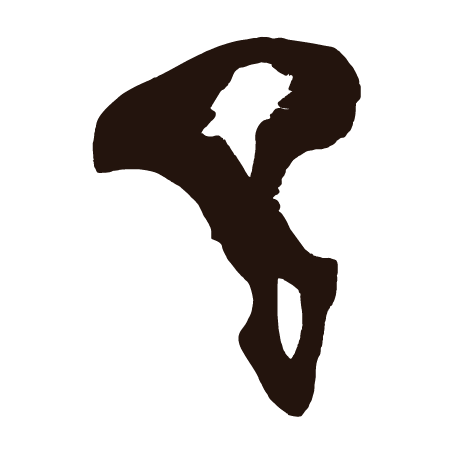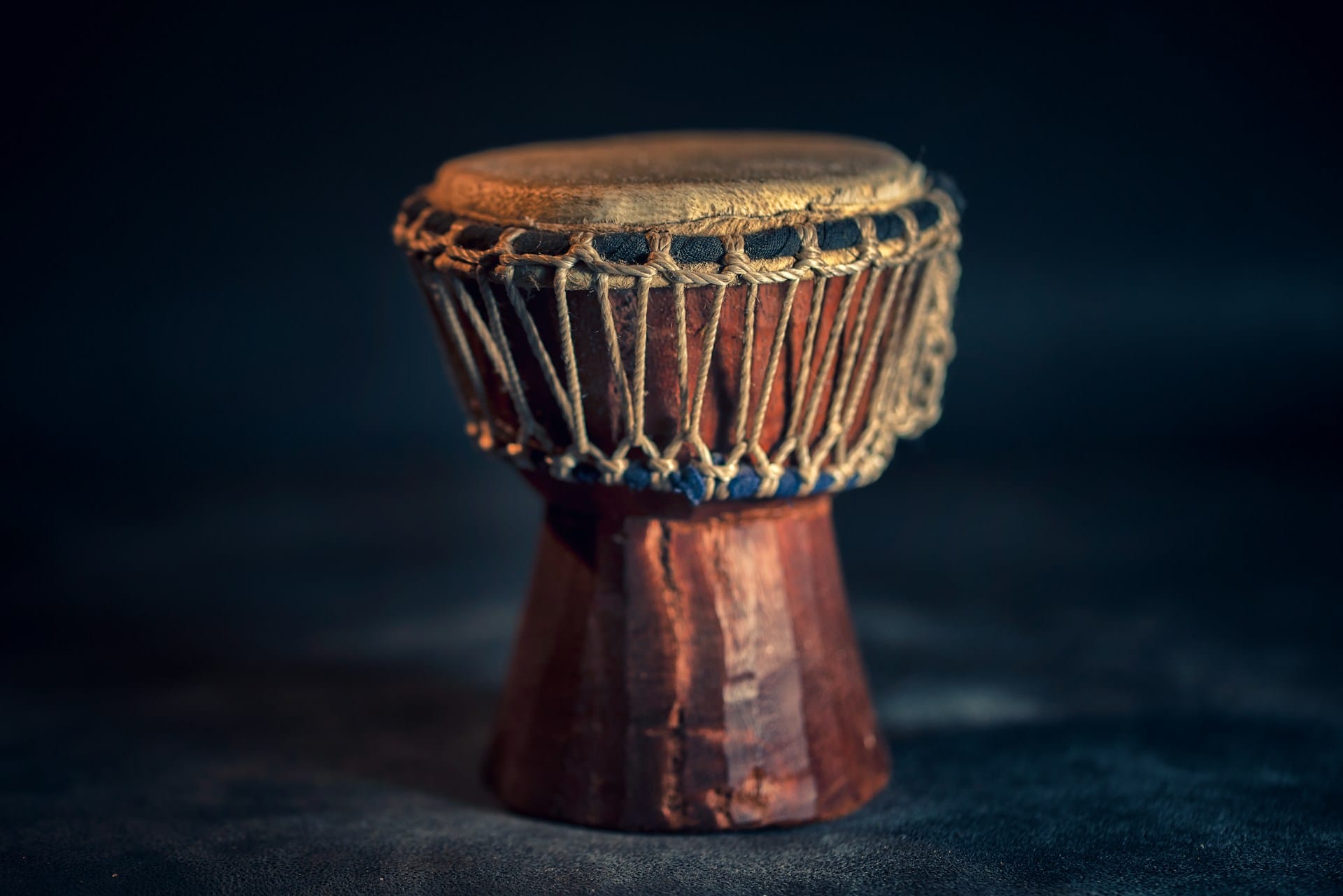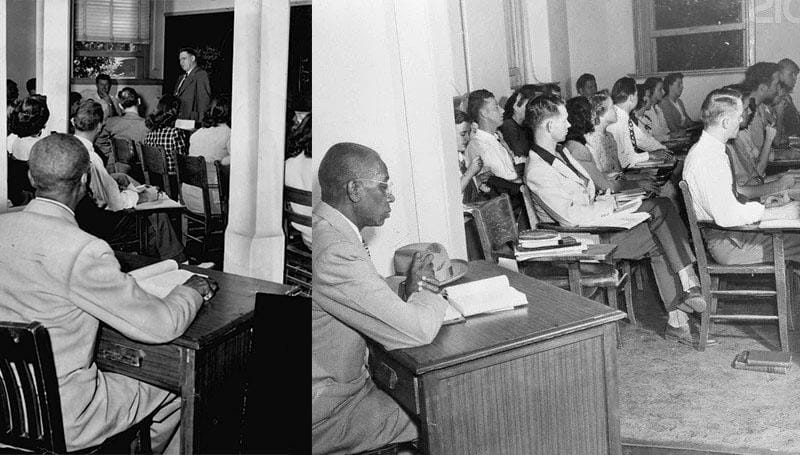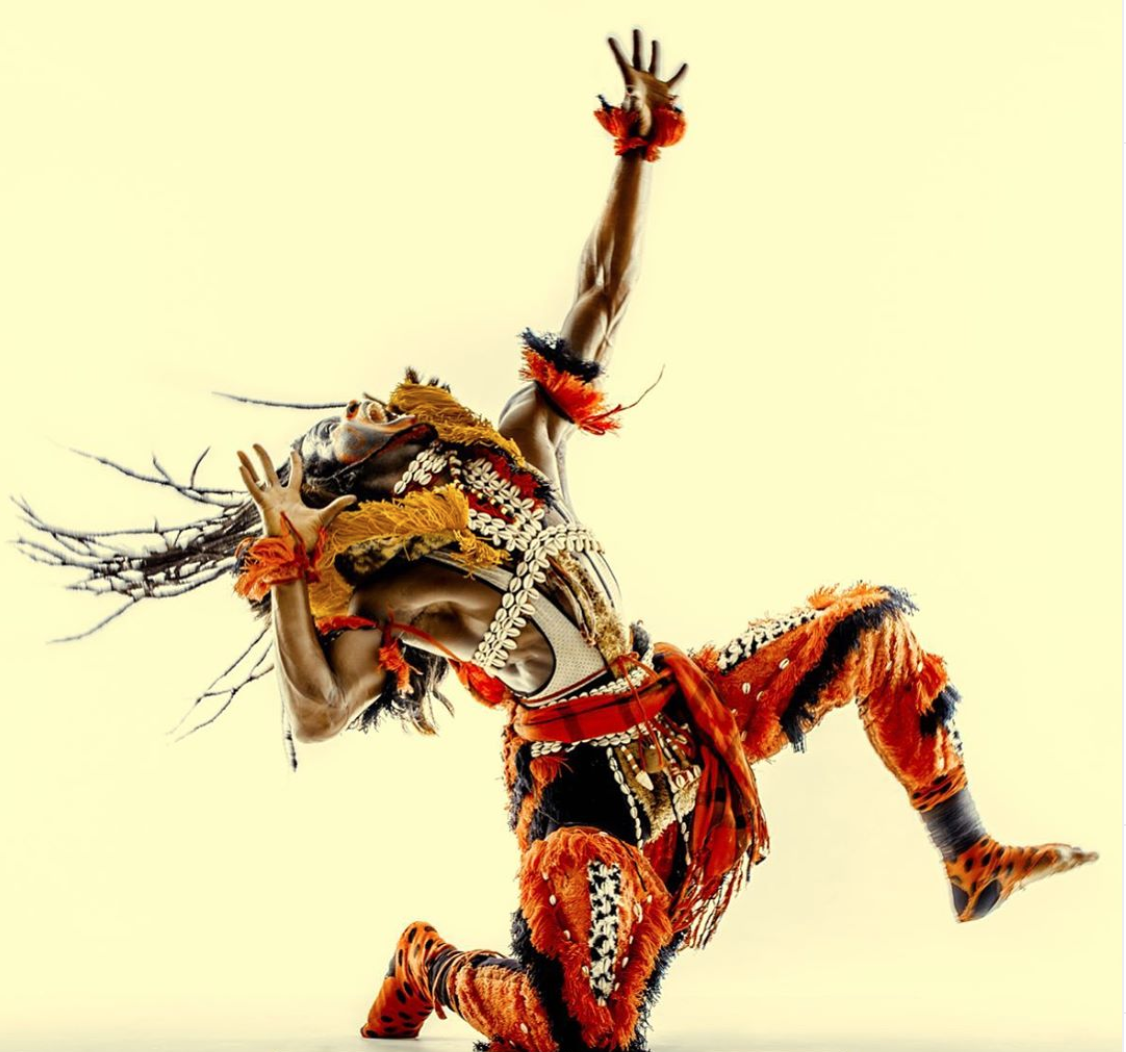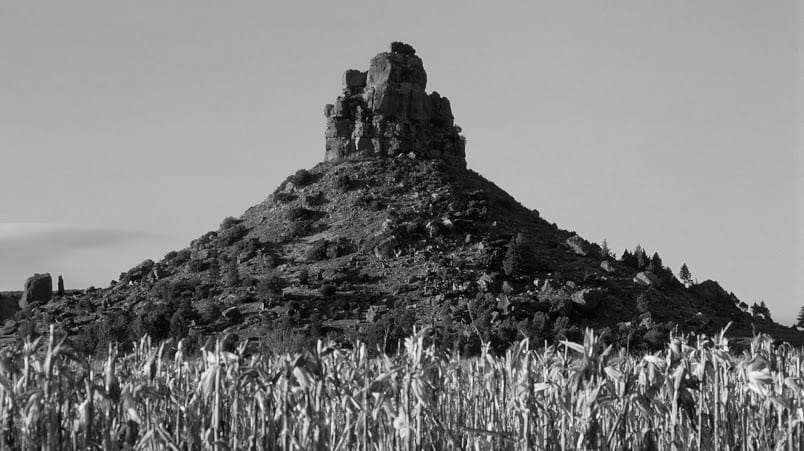Historically and still today, Africans used the talking drum as a means of communication; to praise the king, to send messages across villages, to incite or to mourn or to inspire the community to action and for ceremonial activities.
African people have used drum telegraphy to communicate with each other from far away from the begin of time until thus far. The drum was even banned during slavery, because it was used by the slaves to communicate over long distances in a language or code unknown to their slave masters.
But drums go beyond that, in South Africa for example, the Zulu people create drums out of a goat skin, and during ancestorial ceremonies a goat is killed, for this process a drum is called ngoma/nkoma. Then, the one who beats the drum, is the one who opens the communication door to the ancestors and he/she is called iSangoma.
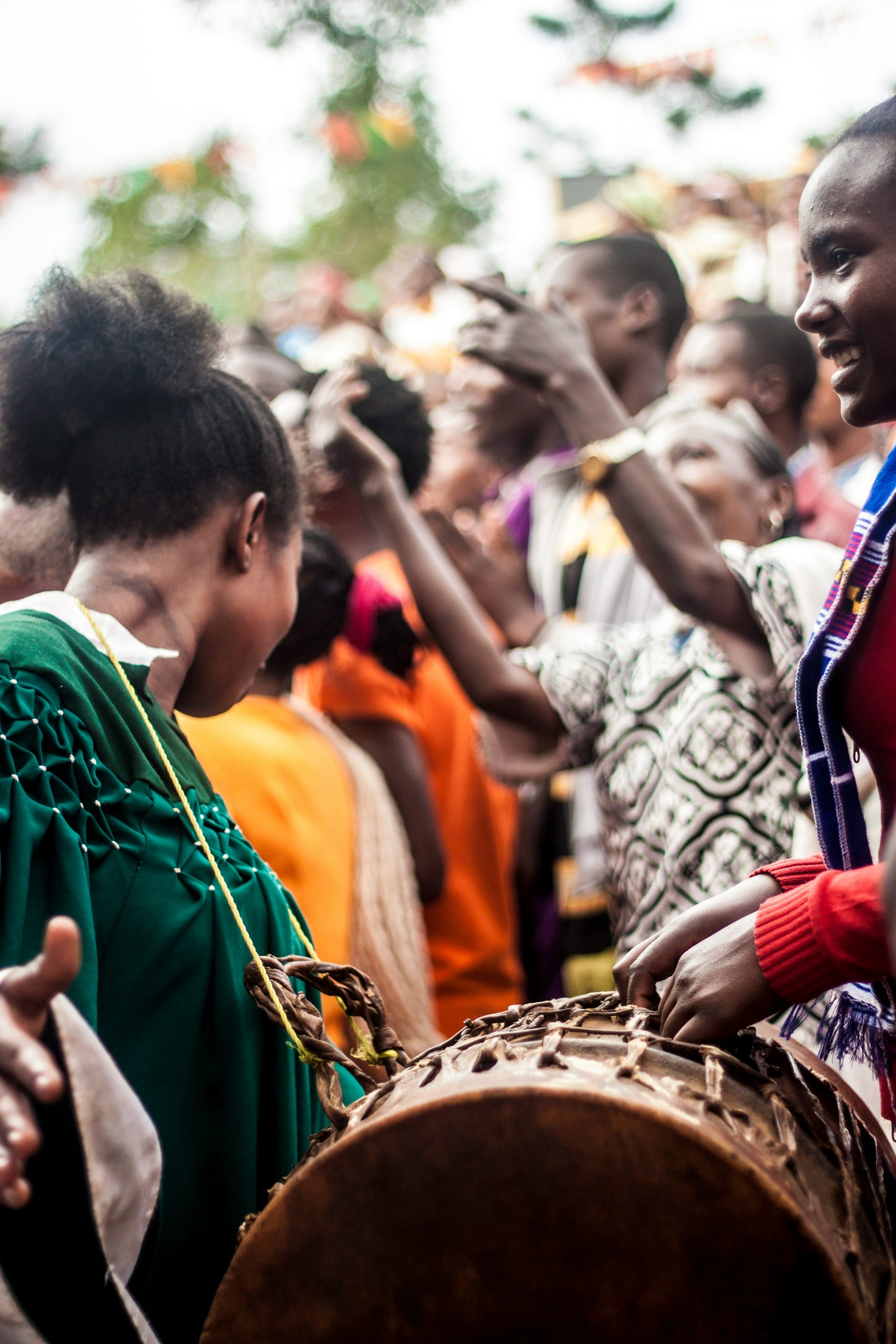
In varies African countries a drum is called Ngoma. Ngoma is derived from the Kongo word for "drum". In Kikongo language, "ngoma" is used by extension to signify specific dances, social occasions and rhythms. In Swahili, the word Ngoma is used to describe the drums themselves as well as music and dance together as a joint cultural practice.
Isangoma is the child of the spirit song, ingoma.
Alex Oma-Pius
The beat of the drums can cure what no medication can cure, it can heal the ills of the mind. – it can heal the very soul. Credo Mutwa 1998:668
